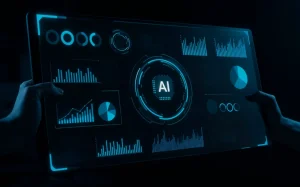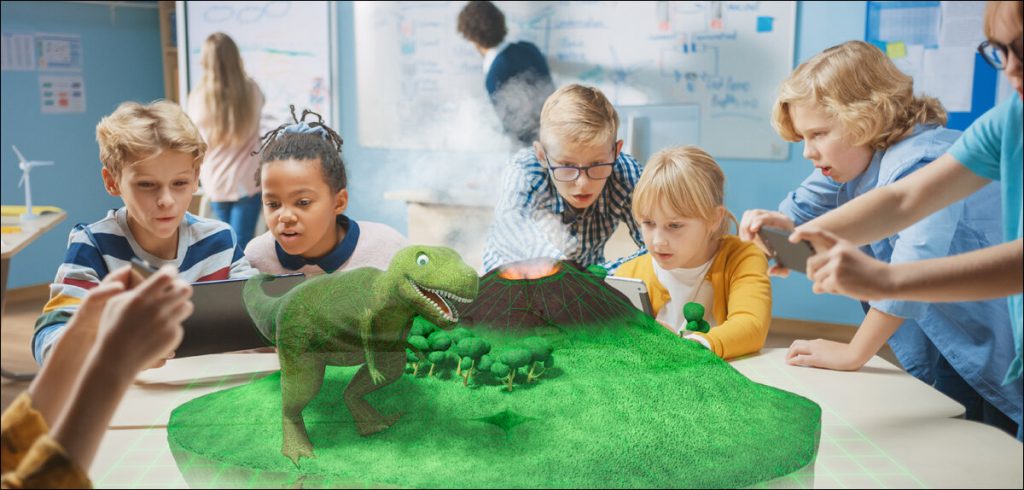With Augmented Reality bending our sense of the ‘real’, cognitive learning becomes important to keep the users safe, Uma Iyer explores…
Augmented Reality (AR), as it says on the tin, is reality extended to see the things normal eyes may not perceive.
Place your phone on the hand and augmented reality can show the parts of the bones that connect to the tissues and muscles. Ironman movie concepts are not a myth.
So, when one manipulates the reality, while ‘altering’, ‘extending’ or ‘augmenting’ it, it does come with its fair share of challenges along with the scores of benefits that pushes boundaries for humankind.
The Augmented Reality of AI
Technological advancements have been going on at such a rapid pace that since the industrial revolution, it has only taken about half a decade for Artificial Intelligence (AI) to build sufficient data enough to give an interactive response that makes Google look like its grandfather!
Augmented reality is one such technology that overlays digital information onto the user’s view of the real world. It is used in a variety of applications such as gaming, education, and industry.
With AI developments being so close to natural language processing, it is only a matter of time that holograms and all other augmented reality will catch up to replace some of the vital areas in our daily life!
Safety First
There is one very often overlooked aspect that comes with the multitude of benefits that AR brings with it, ‘Safety’.
‘Police in Missouri reported that a group of men were waiting near a Pokéstop in a secluded location to target players, and a woman from Wyoming stumbled upon a dead body while trying to reach a water-type Pokemon apparently living in a river by her trailer.’
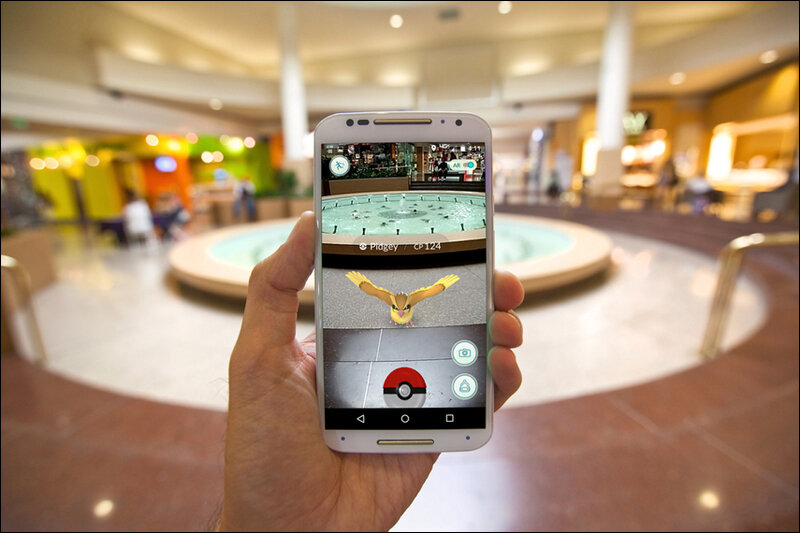
Are AR and VR interchangeable?
Augmented Reality blends digital with reality where devices are used to project the real. What makes it special is the fact that it offers the possibility of reflecting digital components in the real world.
VS
The focus of Virtual Reality is to simulate a new reality. Users use devices to perceive and interact in the digital world. This requires two lenses between the user and the screen. They interpret the movement of the eyes and adapt the individual movement to the VR.
With blurring boundaries of ‘real’ versus ‘augmented’ vs ‘virtual’, safety becomes the biggest question. Virtual Reality, takes one to an alternate reality which may or may not be an extension of ‘the reality’. Brain is complex and how brain perceives reality is quite complex too!
I was in a mall where one of the kids was playing a VR-simulated treasure hunt game. It was indeed in a safe enclosure of a shop, with clearly demarcated lines where the game would be played.
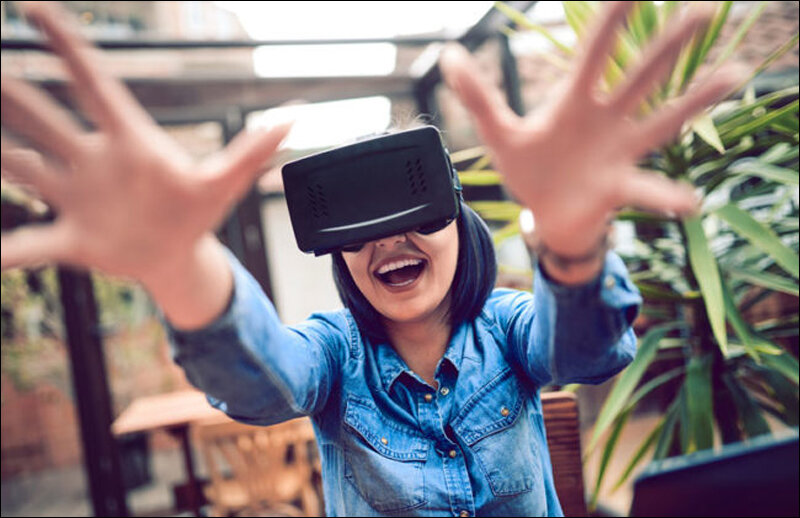
After about 10 mins, the reality of the virtual surroundings and the real surroundings for the players began to merge.
In a swift movement, the kid turned to keep his hand on a virtual stand to think, and there was no stand! The kid took a big fall, the oculus fell and broke in pieces! The kid suffered a minor fracture to the wrist.

Now extrapolate this scenario to crossing a road, or trying to follow a map and if their coordinates get slightly messed up, the results could be fatal!
Technology has been largely managed by humans at the end of the day, however, the days predicted by Steven Spielberg are not far!
Some of the key potential dangers that we need to be aware of while we start giving extra credit to ChatGPTs and augmented reality:
Privacy and Distraction
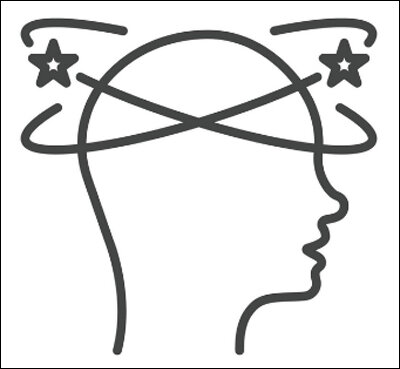
AR has the potential to access and collect personal information about the user, such as their location and movements. This information can be used for targeted advertising or sold to third parties without the user’s consent.
Children may not understand the implications of sharing this information and may inadvertently disclose personal information that could be used to track or harm them.
The immersive nature makes it highly addictive and distracting.
The engaging nature can be dangerous in certain surroundings like crossing roads or using equipment. Kids have a tendency to become overly dependent on the use of AR, leading to a decreased ability to interact with the real world.
Security and Controls
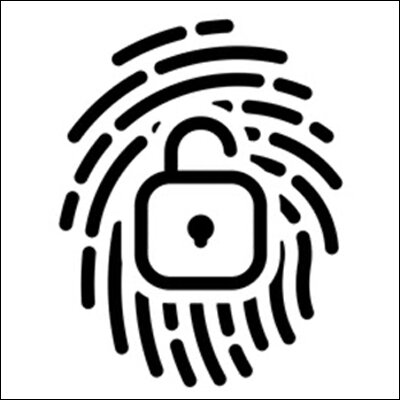
As with any technology, there is the issue of tracking, cyber-attacks, hacking, vulnerability, lack of controls in maintaining information.
Along with that there are limited views on parental controls. Since the technology is nascent some applications may not have parental controls in place, making it difficult for parents to monitor or limit their child’s use of the technology.
There is also a change that unsuitable content for children, such as violence, sexual content, or hate speech may be visualized. Children may use AR to harass or bully others, or to become victims of cyberbullying themselves.
As the systems can be complex and difficult to control, making it difficult to know how they are making decisions. This lack of transparency can lead to mistrust and lack of accountability.
Mental Health
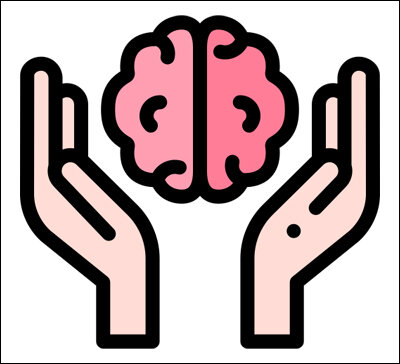
Prolonged use of these applications can cause a lot of stress, headaches, depression, anxiety and nausea. There are amplified biases present in the data that can lead to unfair treatment causing biased decisions and treatment of reality.
There are several widely used tools for creating augmented reality experiences. Some of the most commonly used include: Unity, Vuforia, ARkit, Unreal, Spark, Maxst, OpenCV.
The choice of the tool depends on the requirements and complexity of the project. It’s important to evaluate and compare different tools to determine which one best suits the needs.
There needs to be thorough testing and feedback mechanisms employed in ‘real-life’ situations, where AI learning can be beneficial, but sometimes it is better to take the virtual glasses off and enjoy the real universe instead of trying to get lost in the metaverse.
In case you missed:
- None Found

